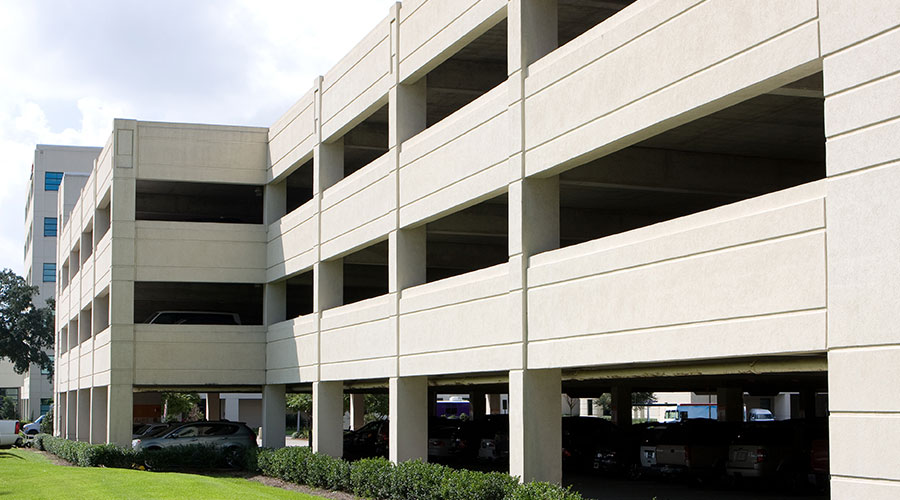Work Scheduling: From Chaos to World Class
Scheduling work orders causes significant pain and heartburn for most maintenance and engineering departments trying to escape the grasp of chaos and become world-class organizations.
Managers have tried work-order scheduling in many forms, but most have found only limited success because they overlook key strategies and building blocks essential for making work-order scheduling successful. One of the first issues managers need to address is the reason they want to schedule. In other words, why is it important to the department, the organization and customers?
The first reason is that it can improve customer service. We must have a structured maintenance process that allows us to promise to our customers when we will be on the job site to perform the promised work. Think of waiting for the cable guy. Departments too often continue the habit of promising to do things but then rarely showing up on time. The results are reduced customer satisfaction, lower morale, and increased daily work chaos.
If we want to improve customer satisfaction and customers' willingness to work with the maintenance organization, we must be reliable and perform as we promise. Doing so will change their perception of the maintenance department and change the perception of maintenance from being part of the problem to being part of the asset-management solution.
The second reason work-order scheduling is important is that it improves labor efficiency. If departments successfully schedule work, the cost to perform that work drops significantly because planners can better coordinate labor and materials. When the cost to perform work drops, it indicates technicians completed the work more efficiently, meaning the maintenance department can complete more work with the same amount of staff.
The third reason for work-order scheduling is that it improves the work's quality and increases worker safety.
So What's The Holdup?
We have determined work-order scheduling improves customer satisfaction, lowers costs, improves efficiency, produces better work, and lowers safety-incident rates. Given these benefits, why don't most departments try to schedule work orders, or schedule poorly when they do try?
Most organizations fail because the process is difficult or, I should say, because it takes time, energy, and a maintenance process that includes an inventory-management system, work-order planning, structured leadership, routine discussion meetings, and long-range planning.
The first key component for maintenance work-order scheduling is the desire to improve and the understanding that such scheduling is important to a successful maintenance department. Once you understand its importance, you can begin to look into the details for strategies to make it happen
All organizations should have a written work schedule. Planners should complete this schedule each week with discipline and never sacrifice it for events that might seem more important. The weekly schedule-planning meeting, which is held toward the end of the week, is icing on the work-schedule cake because the schedule already is complete. Managers should devote meeting time to reviewing the schedule, ensuring crews are on board, and discussing the coordination of efforts and needs.
When this meeting finishes, the department has a finalized work schedule. Managers can measure performance against it, not against a modified schedule created later that week. Remember, the goal is to be as accurate as possible as early as possible so we can plan and coordinate with customers and other involved parties, including contractors.
Related Topics:












